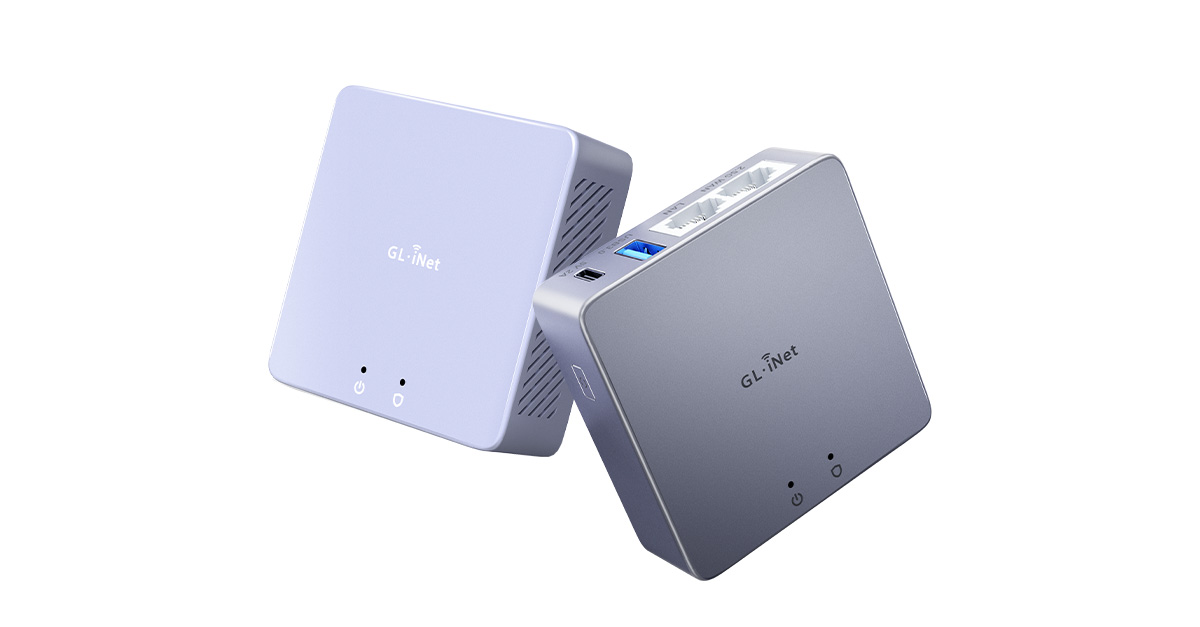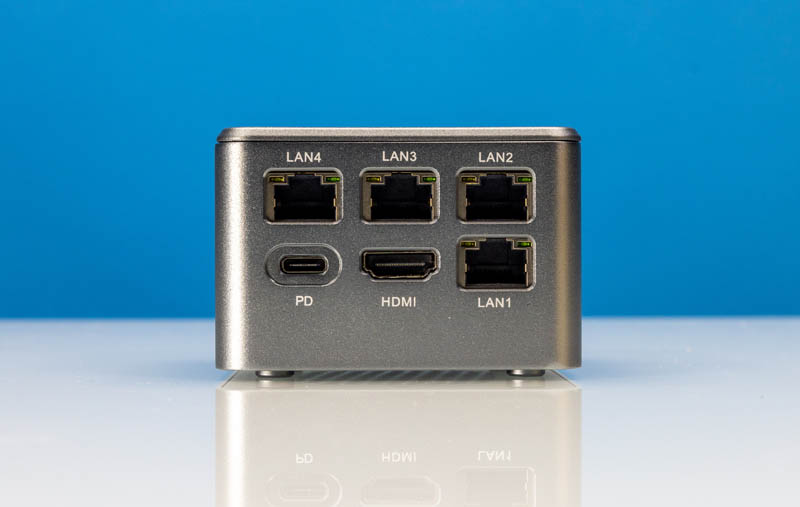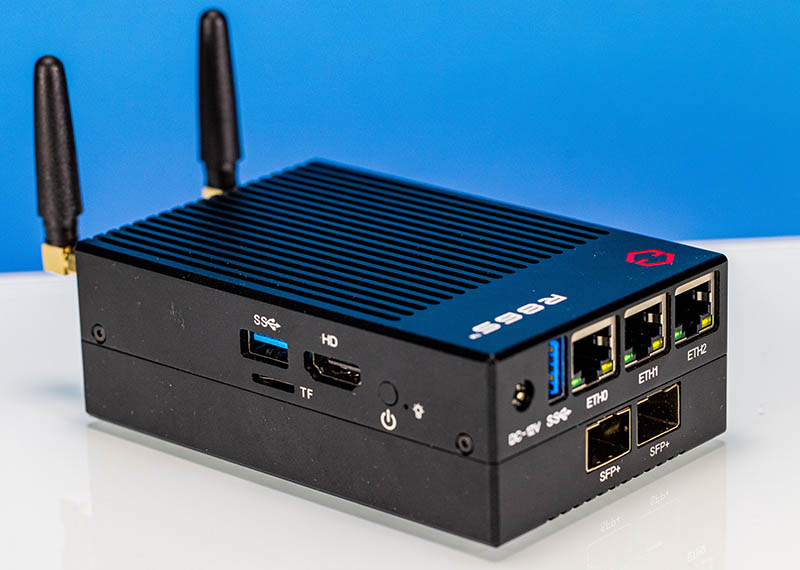I’m specifically thinking Netgate models 2100 or 4100 vs. a Protectli FW4C.
The Netgate 4100 at $600 is at the very top of the range to spend.
Application will be to replace a Cisco RV345 which is used in a small home office/small business arrangement. At various times several people connect from the home office, more often two people connect, one SB owner and one WFH remote worker.
VPN-ing into the home office when traveling is a big factor.
Limited experience with Linux. I'm wondering if every time a new patch, release or update -- to the underlying OS, to pfSense, or to any package -- comes out how involved will it be to do the updates.
The Netgate 4100 at $600 is at the very top of the range to spend.
Application will be to replace a Cisco RV345 which is used in a small home office/small business arrangement. At various times several people connect from the home office, more often two people connect, one SB owner and one WFH remote worker.
VPN-ing into the home office when traveling is a big factor.
Limited experience with Linux. I'm wondering if every time a new patch, release or update -- to the underlying OS, to pfSense, or to any package -- comes out how involved will it be to do the updates.




